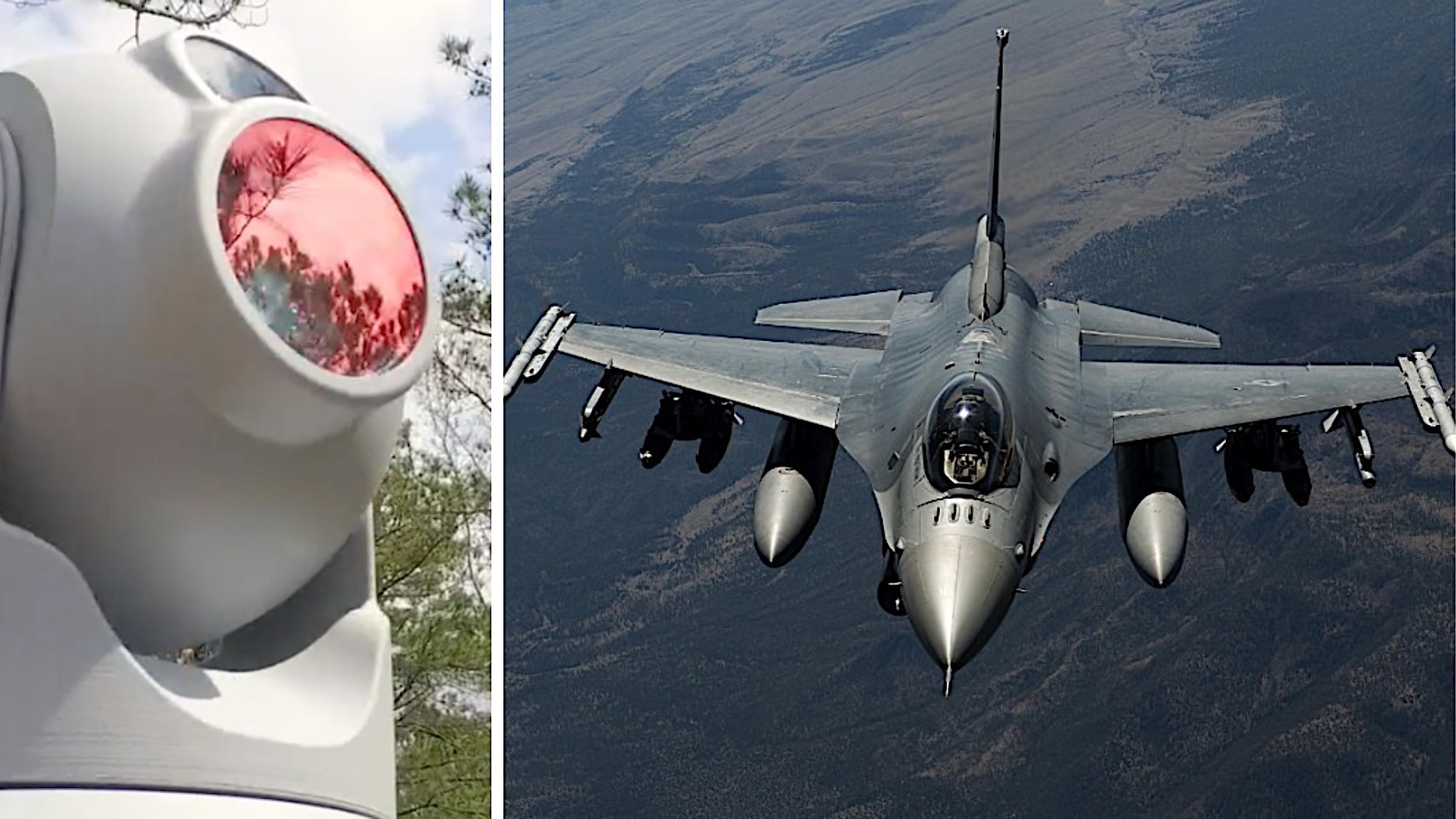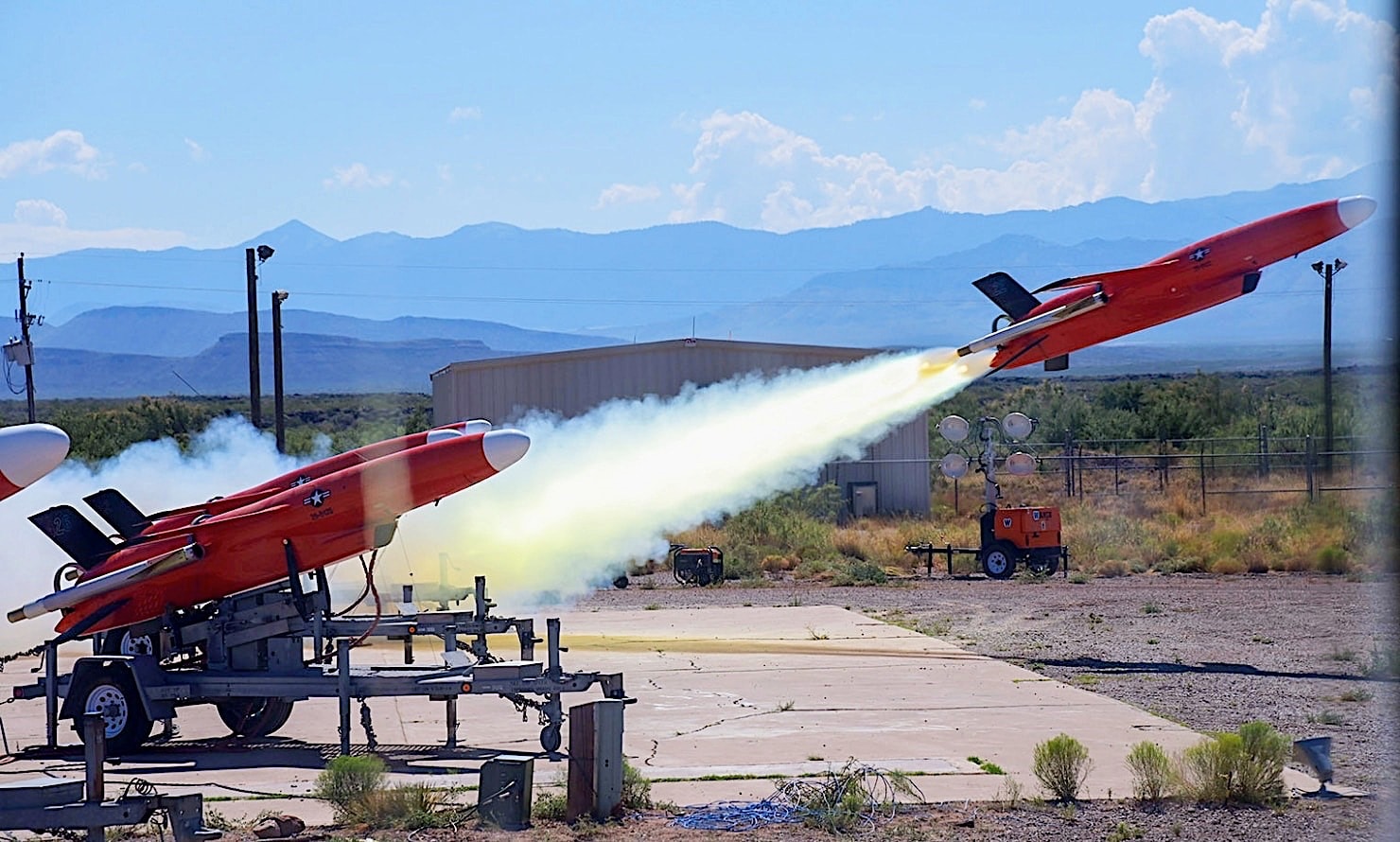Weapon testing is a complex endeavor, requiring significant time and resources. It entails more than simply aiming at a target and firing; it demands meticulous evaluation and assessment.
While advancements in research and development are evident, particularly within branches like the U.S. Navy and the U.S. Air Force (USAF), the public often witnesses only successful demonstrations of weapon capabilities.

However, in scenarios where military branches require weapons for engaging moving airborne targets rather than static ones on land or water, aerial targets become indispensable. These unmanned aircraft, designed to emulate enemy airplanes, missiles, or rockets, serve as practice targets during engagements.
Despite their utility, current aerial targets often lag behind the evolving capabilities of enemy weapons and pilots. Additionally, their performance depends heavily on ground controllers’ instructions.
To address these challenges, military entities are embracing innovative solutions like the Hivemind system.
Developed by Shield AI, this technology functions as an autonomous computer mind, capable of independent decision-making and navigation using onboard sensors. The Hivemind enables unmanned aircraft to execute missions without remote operators or GPS signals, adapting seamlessly to dynamic environments.
Although details about Hivemind remain limited for the civilian public, its adoption by the military, including integration into platforms like F-16s and Kratos-made drones, underscores its effectiveness.
Recently, the Naval Air Systems Command (NAVAIR) announced plans to integrate Hivemind into the Kratos BQM-177A Sub-Sonic Aerial Target (SSAT), enhancing its capabilities for simulating air-to-air engagements.
The decision to integrate Hivemind underscores the military’s commitment to enhancing training and testing methodologies in response to evolving threats. While the timeline for integration remains unspecified, past experiences suggest rapid implementation, likely within a few months.

